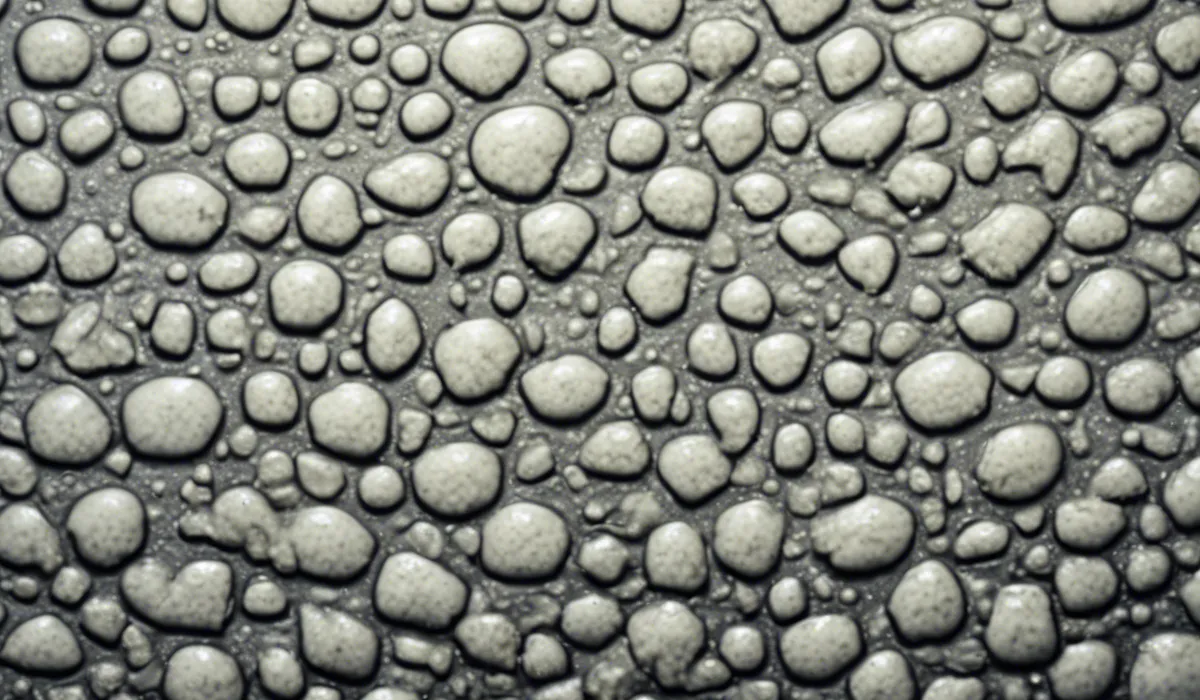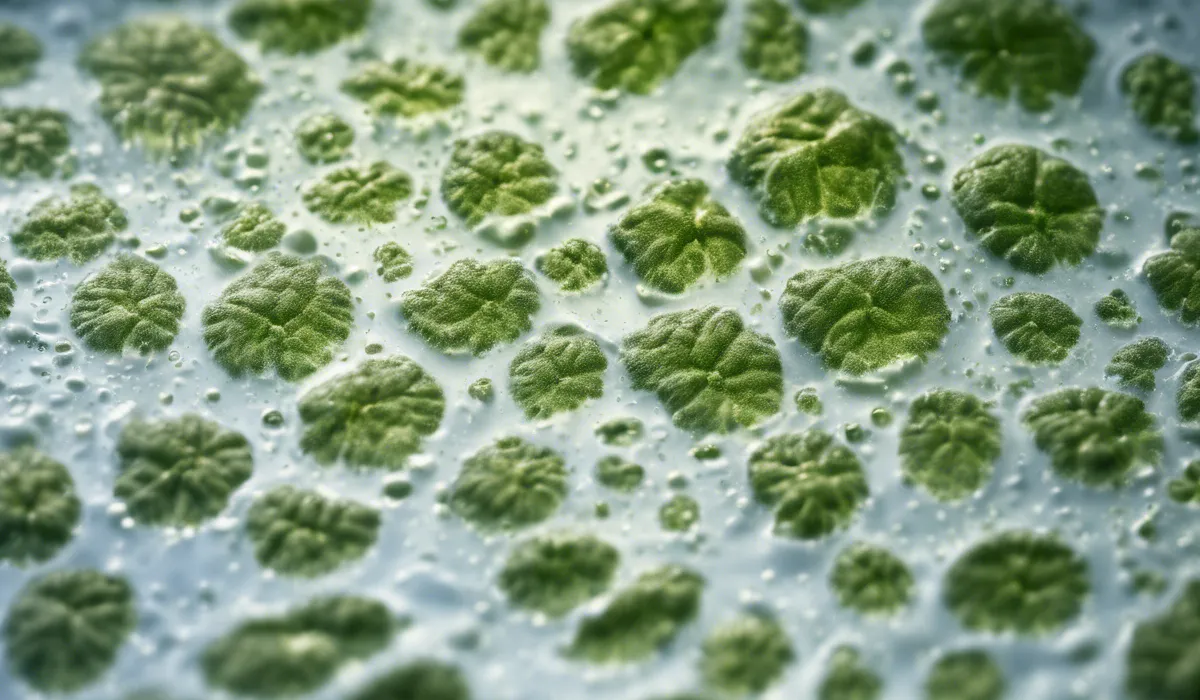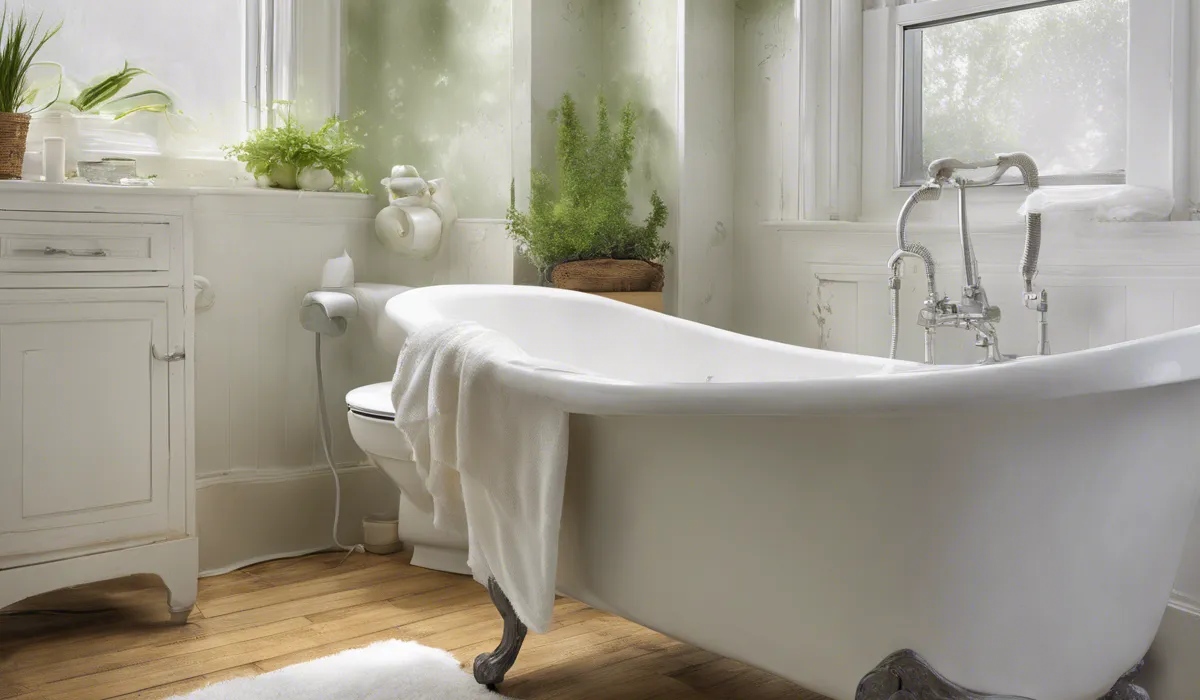Mildew smell is caused by the presence and growth of mold or fungus in moist areas. It often originates in damp environments where ventilation is poor. Organic materials and high humidity are key contributors to mildew development, leading to the characteristic musty odor.
Understanding Mildew and Its Characteristics

Definition of Mildew
Mildew is a type of fungus that thrives in damp environments. It is a thin, white or gray growth produced by mold.
Mildew often appears as a powdery or fluffy substance on plants or organic materials, and it can also grow on various surfaces within your home.
Unlike plants, mildew does not make its own food. Instead, it feeds on the materials it grows on, causing damage over time.
Difference between Mildew and Mold
While people often use the terms mildew and mold interchangeably, there are differences between the two. Mildew is a specific kind of mold, mainly found on flat surfaces.
Mold, on the other hand, can be black or green and grows in a fuzzy form. It can penetrate surfaces deeper than mildew.
Both are fungi, but mold tends to cause more damage to the home and can be harmful to people’s health.
Common Places Where Mildew Grows
Mildew can grow in many places around your home. It loves to inhabit damp areas, such as bathrooms, kitchens, basements, and laundry rooms.
It also grows on organic materials like wood, paper, and fabrics. Outside, mildew can be found on damp surfaces or where leaves and other vegetation have accumulated.
Conditions That Promote Mildew Growth
The conditions that promote mildew growth include warmth, moisture, and a food source. Mildew thrives in temperatures between 77°F and 88°F, which are often found in homes.
High humidity levels above 55% also encourage mildew growth. When these conditions are present, and there is an organic material for mildew to feed on, the fungus can grow rapidly.
Causes of Mildew Smell

Presence of Moisture and High Humidity
The presence of excess moisture in your home is the primary cause of mildew smell. Bathrooms, kitchens, and basements are common areas where moisture accumulates.
High humidity adds to the problem, as it provides the perfect environment for mildew to grow and emit its musty odor.
Lack of Ventilation and Air Circulation
Poor ventilation traps moisture and humid air inside your home. Without proper air circulation, this damp environment becomes a breeding ground for mildew.
This is why rooms without windows or with insufficient ventilation systems are more prone to developing a mildew smell.
Organic Materials as a Food Source
Mildew requires organic material to survive. Homes are full of potential food sources for mildew, such as wood, paper, and fabric.
When these materials become damp and are not dried promptly, mildew begins to grow, leading to the characteristic musty smell.
Stagnant Air and Warm Temperatures
Stagnant air contributes to the buildup of moisture and warmth, which are ideal conditions for mildew growth.
Warm temperatures, especially when combined with high humidity, can cause mildew to proliferate, increasing the intensity of the musty odor.
Previous Water Damage or Unresolved Leaks
If your home has experienced water damage or has unresolved leaks, these issues can lead to the development of mildew.
Water-damaged areas often remain damp for long periods, providing a perfect habitat for mildew to grow and produce its unpleasant smell.
Prevention and Removal of Mildew Odors

Tips for Reducing Humidity
To combat mildew odors, it’s essential to reduce humidity in your home. Using dehumidifiers can help maintain a lower humidity level, especially in areas prone to dampness.
Fans can also improve air circulation, helping to dry out moist areas and prevent mildew growth.
Importance of Proper Ventilation
Ensuring your home is well-ventilated is key to preventing mildew odors. Ventilation systems in bathrooms and kitchens help expel moist air and reduce the risk of mildew growth.
Opening windows can also allow fresh air to circulate and keep indoor air from becoming too humid.
Regular Cleaning and Maintenance
Regularly cleaning your home can prevent the buildup of mildew. Pay special attention to areas that tend to be moist and clean them frequently.
Proper maintenance of pipes and fixtures to prevent leaks is also important in keeping your home mildew-free.
Natural and Chemical Solutions for Removing Mildew
There are both natural and chemical solutions for removing mildew. Vinegar, baking soda, and tea tree oil are natural options that can effectively kill mildew and neutralize odors.
Chemical cleaners containing bleach can also eliminate mildew, but they should be used with caution due to their harsh nature.
Professional Remediation for Persistent Problems
If mildew odors persist despite your best efforts, it may be time to call in a professional.
Remediation experts can identify the source of the problem and use advanced techniques to remove mildew and its odors from your home, ensuring a safe and clean living environment.
FAQs About Mildew Smell
What causes the characteristic smell of mildew?
The characteristic smell of mildew is caused by the growth of mold or fungus in moist, poorly ventilated areas.
Where is mildew smell most likely to originate?
Mildew smell is most likely to originate in damp environments with poor ventilation, such as basements, bathrooms, or closets.
Are organic materials necessary for mildew to develop?
Yes, organic materials such as paper, wood, or fabrics are key contributors to the development of mildew.
How does humidity relate to the formation of mildew odor?
High humidity is a critical factor that facilitates the growth of mold and fungus, leading to the formation of mildew odor.
Can improving ventilation help in reducing mildew smell?
Yes, improving ventilation can significantly reduce mildew smell by drying out damp areas and preventing mold growth.
Final Thoughts
The mildew smell is predominantly caused by mold or fungus thriving in moist, poorly ventilated areas.
It is most common in environments with high humidity and abundant organic materials, which provide the ideal breeding ground for these organisms, resulting in a distinctive musty odor.
